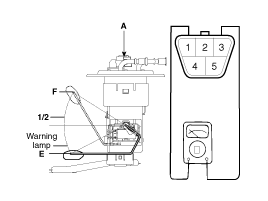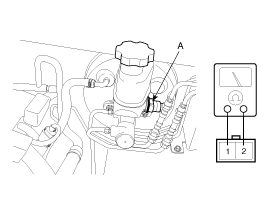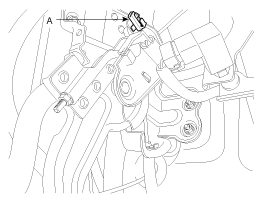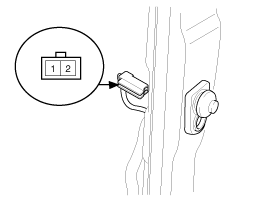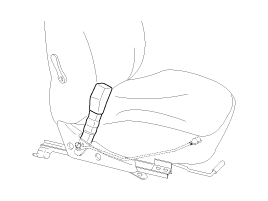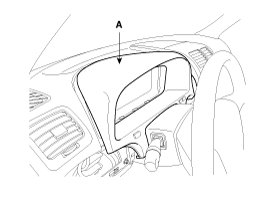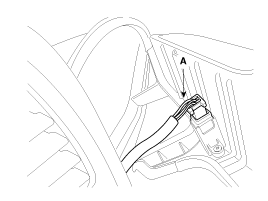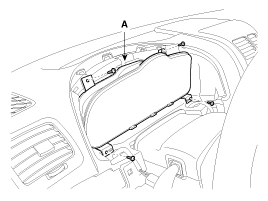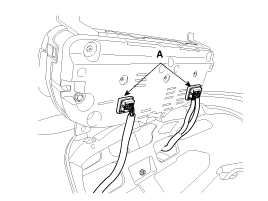Check if the speedometer indicator range is within the standard values.
Do not operate the clutch suddenly or increase/ decrease speed rapidly while testing.
Tire wear and tire over or under inflation will increase the indication error.
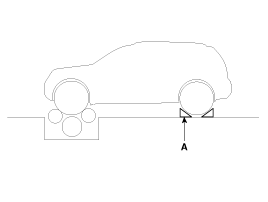
Velocity (MPH) | 10 | 20 | 40 | 60 |
Tolerance (MPH) | +2.2 0 | +2.4 +0.1 | +2.6 +0.1 | +2.9 +0.2 |
Velocity (MPH) | 80 | 100 | 120 | 140 |
Tolerance (MPH) | +3.5 +0.2 | +4.4 +0.3 | +5.3 +0.4 | +6.2 +0.4 |
Velocity (Km/h) | 20 | 40 | 60 | 80 | 100 | 120 |
Tolerance (Km/h) | +3.5 +0.0 | +3.6 +0.1 | +3.8 +0.2 | +4.1 +0.3 | +4.5 +0.4 | +5.3 +0.5 |
Velocity (Km/h) | 140 | 160 | 180 | 200 | 220 | |
Tolerance (Km/h) | +6.2 +0.6 | +7.0 +0.6 | +7.9 +0.8 | +8.8 +0.8 | +9.7 +0.9 |
